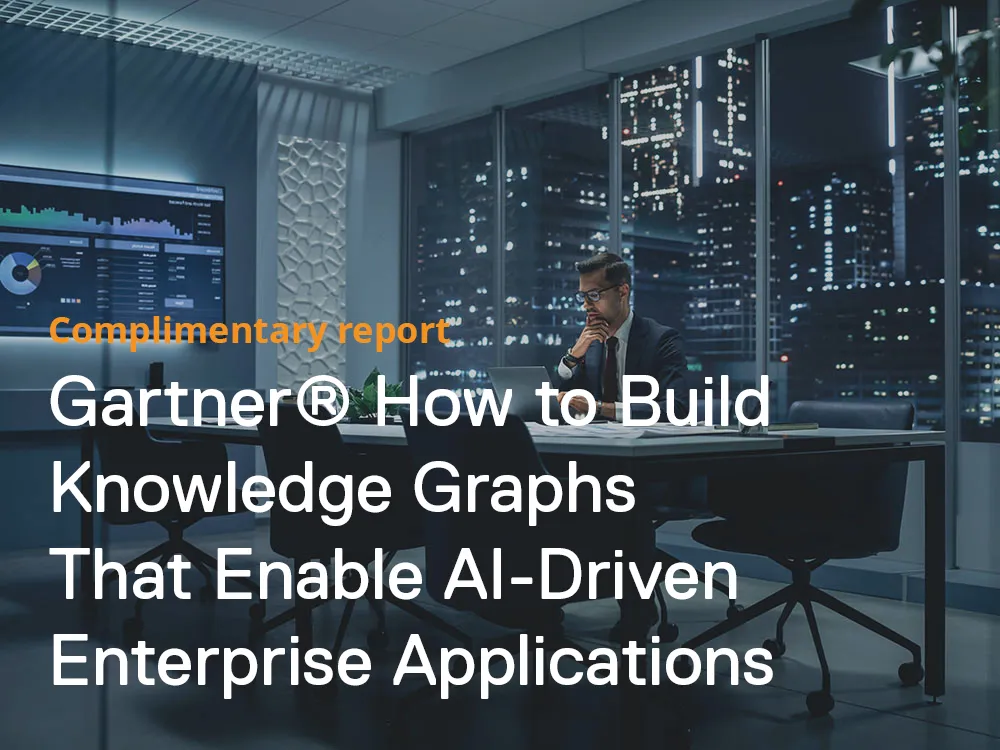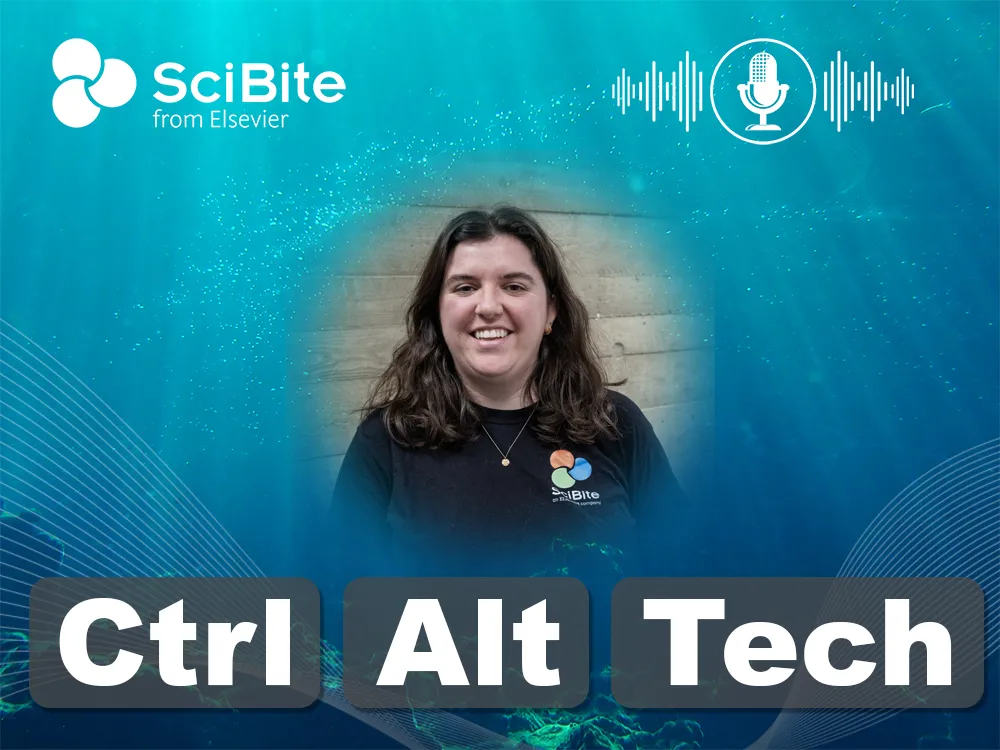Joe McCarthy: So to that point, we’re involved with customers of SciBite at various points within their organizations and at different levels across this team. Can you comment on what you’ve seen across the multiple customers that you engage with on the progress that they’ve made, on their digital transformation journeys, and on their journeys toward FAIR?
Julien Debeauvais: From a sales standpoint, as you can imagine, we have had a number of discussions with several organizations across the board. We get the opportunity to speak with organizations just starting on the journey and organizations that are well into it. A topic that often concerns FAIR, is FAIR at an application level versus a data level. That’s a topic that comes around quite often on our side and that we’re very keen to take on because it speaks to the approach SciBite decides to take in the way we build technology.
FAIRifying and enriching data using public industry standards at an application level, such as an ELN, a bioassay repository, or a data lake, is the norm nowadays. And to some extent, it’s also becoming an essential requirement in vendor selection when pharmaceutical companies are looking for new pieces of technology. So, I don’t need to go through the benefits of FAIR, we all know what they are. But I want to highlight some limitations people may face if they’re focused on FAIRifying at an application level rather than a data level.
First, each application uses different standards because they come from other vendors, and you still have that silo effect that the FAIR principles aim to eradicate. From a data integration standpoint, that will make things challenging.
The second aspect of things is that as organizations embark on their FAIR journey, and I’m sure you’re going to hear a lot of the word journey as we go along this discussion because it is one of those; they’re creating their own standards and their own view of the world, and they want to apply those to the downstream applications that they select. So, it’s key.
So, to summarize it to some extent, it all depends on where you are in the journey, but it’s essential to think ahead. Today you may want only to have a single project and an application that provides basic standards that will be enough to serve the use case or the issue you’re trying to solve. But in the future, if you plan to go beyond, it’s vital to ensure that the applications that are selected early on in that journey will be able to evolve as your capabilities and your skills.
The technology that you use to FAIRify data is also changing. So that ultimately the aim is that everything in the architecture is connected in the longer term. That’s one of the topics we see raising quite a lot out of FAIR at the application level vs. the data level. I don’t know if anyone wants to chip in or add anything on top of that.
Joe Mullen: I think that’s a good point, Jules, and I think if you already have a lot of FAIR at an application level, it’s also ensuring that you prioritize; there’s going to be a little effort to get that moved out into more of a data-centric approach. It’s about understanding the priorities with these different use cases, showing the value, and having some metrics. You can show the value add of the FAIR principles with feedback and something tangible back to businesses as you look to the scope and scale out across the rest of the enterprise.
Simon Jupp: So, I can add to that; I think what we are observing is the development of FAIR ecosystems, where you have multiple vendor applications capable of ingesting and surfacing data that is aligned with standards. We see this growing now, and I think the importance of adopting open standards is what we try and encourage and enable through our tech to take all these amazing freely available open standards that we have and build on that.
So, no matter which kind of vendors you go with as part of your FAIR journey, it’s important that any data that you put into these systems, is that you can get it back out; are they aligned to these standards and are constantly trying to reduce the cost of how the data is moving through these different systems.
It’s something that’s important to us; when we design and build our software, we always have that adherence to standards. When we come up to blockers, we try to interact with other vendor systems where they don’t have a similar sort of API first or open standard approach to software. I think for a FAIR ecosystem to work with, you need to put pressure on all the vendors, and it’s this kind of alignment helps the organization achieve what they are trying to do with FAIR.
Jane Lomax: Presuming that would be an expectation at some point that customers will expect the software they buy to be able to inter-operate within that kind of ecosystem.
Joe Mullen: Maybe Jules can touch on some of the partner ecosystems that we’ve gotten into and some of the conversations in that regard as well.
Julien Debeauvais: Absolutely. I wanted to jump in and mention that we’re constantly building on the partnership ecosystem. We are looking to partner and get close to several key technology vendors in our ecosystem. But building those bridges is proving difficult, from a commercial level, that’s the simple part, and then, from a technical level, how you plug them together, it’s where the complexity comes in.
Simon just mentioned the API first philosophy of SciBite. From our standpoint, we set out of the gate with the view that we wanted to be integrated. The technology we provided was designed to play nicely with other pieces of tech. I think, in the same way, some of our customers are starting their FAIR journey, and it’s the same on the vendor side. Not all the vendors have yet realized the importance of this.
I can’t stress enough how important it is; Whether that’s us at SciBite, to continue educating and evangelizing the importance of FAIR, but also you as the pharmaceutical industry or life science industry to keep asking those vendors about what are their capabilities in terms of FAIR; Would they be able to accept other pieces of technology or are integrable with other pieces of technology to build that ecosystem.
We’re counting on you to ensure that as part of your vendor selection process, this is one of the line items that feature in those big documents, RFP documents, thrown at technology vendors like us.
Go to the top.





